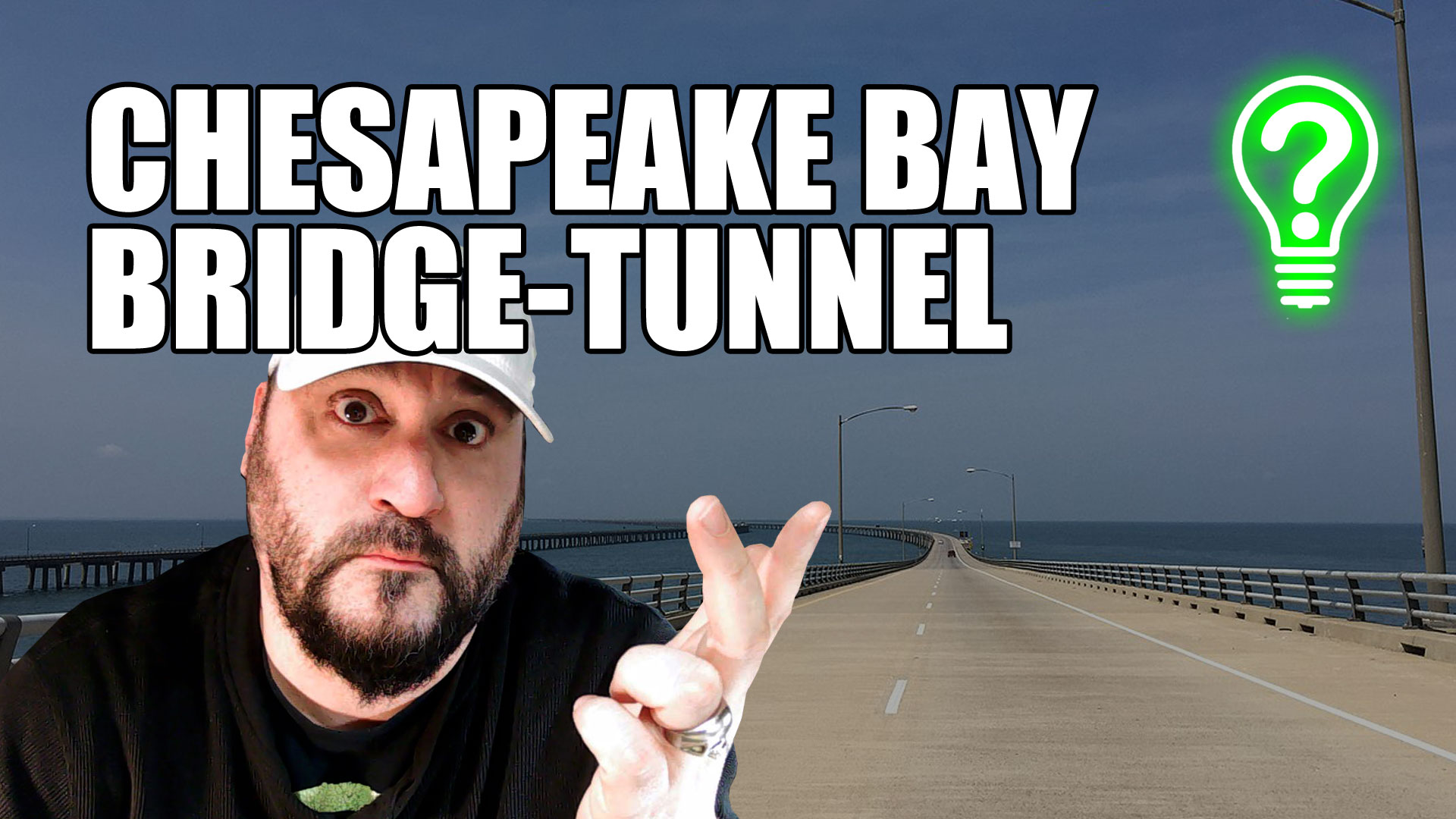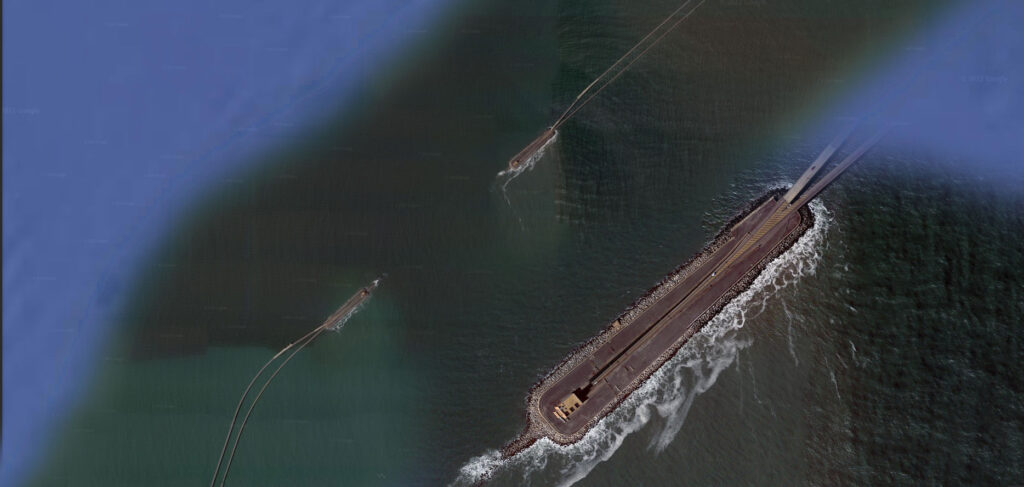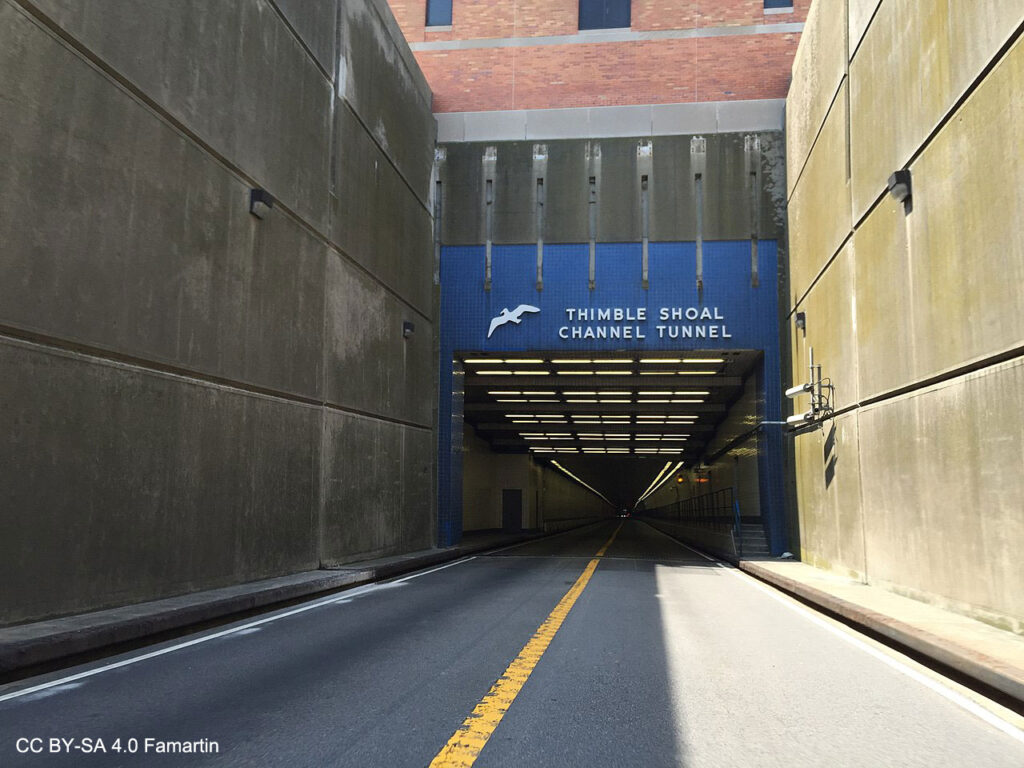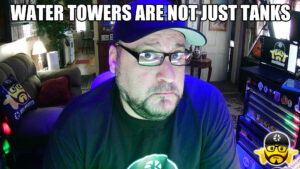
Chesapeake Bay Bridge-Tunnel – Learn Stuff
I’ve always found the Chesapeake Bay Bridge-Tunnel to be a fascinating piece of engineering. It’s over 17 miles (28 km) long, which I’ve driven several times. Admittedly, it is a little weird driving under the bay. Or being so far out over the water you cannot see land in any direction. Yeah, it’s wild, let’s check it out.
The Chesapeake Bay Bridge-Tunnel (CBBT) is one of only twelve such systems in world, three of which are in the United States. In fact, all three are in the Norfolk area of Virginia. CBBT opened in 1964, and is currently under its second expansion, with a third planned for 2035. As of 2021, over 140 million vehicles have used the bridge-tunnel to cross the bay. A much smaller version was built in 1957 to connect Norfolk and Hampton, but before that all crossings were handled by ferry.
Up to 90 miles (140 km) can be saved by using the CBBT instead of going around the bay. Take it from me though, you’d probably rather drive around on the Interstates. The Delmarva peninsula route is nothing but small towns and traffic lights and it takes forever, especially if you are the kind of person that drives anywhere near the posted speed limit.
The official name is the Lucius J. Kellam Jr. Bridge-Tunnel, but I am pretty sure no one calls it that.
A feasibility study for the CBBT happened in 1956 and it was decided to connect Norfolk to Cape Charles. Such a connection would cross both the Thimble Shoals and Chesapeake shipping lanes to the Atlantic, which presented a problem. Normally, high-level bridges would be used to allow the shipping routes to be uninterrupted. However, if the bridges were to collapse by accident or otherwise, the Port of Baltimore would be blocked. This must not have been a problem in in 1952, because the Chesapeake Bridge was built near Annapolis and its collapse would cause the same problem. More importantly, Naval Station Norfolk would be cut off from the Atlantic, disrupting the operations of the U.S. Navy Atlantic Fleet.
The solution was to build two one-mile (1.6 km) long tunnels underneath the bay. Those, along with four high-level bridges, two miles (3.2 km) of causeway, four artificial islands, 12 miles (19 km) of trestle, and 5.5 miles (8.9 km) of approach roads would start in 1960. Construction lasted for 42 months during hurricanes, nor’easters and Atlantic storms. Keep in mind that this colossal project was completed before the availability of computer-aided drafting or global positioning satellites.
The Chesapeake Bay Bridge-Tunnel officially opened on April 15th, 1964 and was a huge success. 35 years later, the first major expansion began. $197 million in new trestles were built to increase the capacity to 2 lanes in both directions, and $20 million was spent to repave the roadway and other upgrades. All of this was completed by 1999.
Up to this point, the tunnels only provided two lanes of traffic. No matter how many trestles are built above the water, the two tunnels would be bottlenecks.
A second expansion project began in 2017. The $756 million Parallel Thimble Shoal Tunnel is being built next to the existing southern tunnel which will add two more lanes underwater. This is expected to be completed by 2023.
In order to provide four lanes of traffic across the entire system, a fourth tunnel will be dug next to the northern tunnel in 2035. Complete four lane service is expected to open to the public by 2040.
The CCBT is only open to motor vehicles and it currently costs $18 for a car one-way. If you make the return crossing within 24 hours (or travel off-season) you get a discount. The CBBT also has it’s own police department, which operates under the laws of Virginia.
The Chesapeake Bay Bridge-Tunnel is one of the longest bridge systems over open water and the views are spectacular. The longest bridge-tunnel in the world is being constructed in China and will open 2024.



































 GO PA!
GO PA! Learn Stuff
Learn Stuff Video
Video shop.kellyplanet.com
shop.kellyplanet.com


 Contact erickelly
Contact erickelly

Leave a Reply
You must be logged in to post a comment.